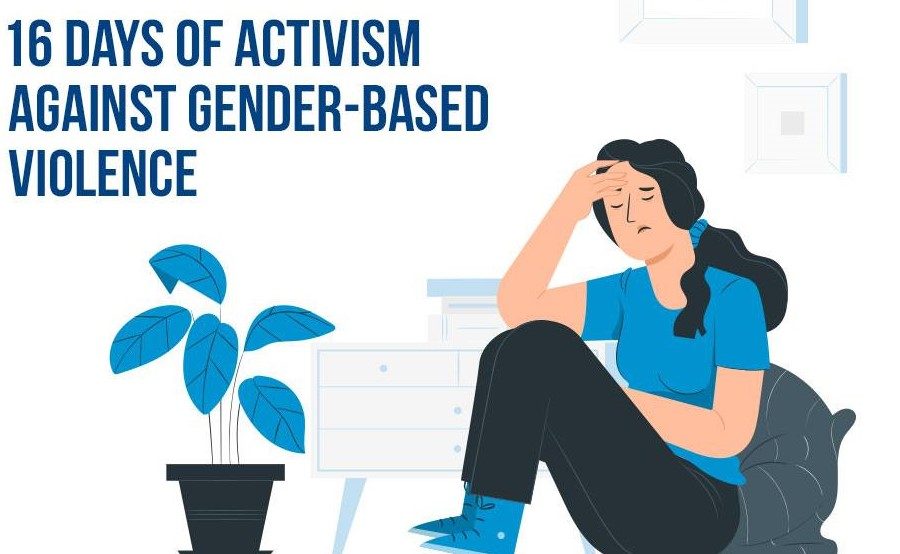Every year, November 25 to December 10 is known as the 16 days of activism against gender-based violence. It’s a time to reflect, speak out and act to end violence committed against others based on their gender. Everyone deserves to live free of violence, but too many Canadians face it every day because of their gender.
At DIVERSEcity, our Counselling Services include several gender-based violence programs, including our Stopping the Violence programs for women, PEACE program for children who witness abuse, and Roots of Safety service planning program. Know someone who is suffering from gender-based violence and needs help? The DIVERSEcity team offers these tips on how to show up for your friends or loved ones.
8 tips for gender-based violence allyship
1. Believe the person coming forward and sharing their stories of domestic violence. Withhold any judgment toward them and their circumstances. Thank them for sharing with you and acknowledge how hard it must have been for them to do so.
2. Do not force them to take the steps they are not ready to take. Understand the importance of informed consent. If they are choosing to stay, it’s their choice, but keep the channels of communication open. Tell them that you are there for them no matter what they choose to do.
3. If there are children involved, think about their safety as well. You can share your concerns with the parents if it is safe to do so, and contact resources that would be helpful in the situation, such as child protection services. Call 1-800-663-9122 or learn more here.
4. Educate yourself on the signs of abuse such as frequent or unexplained injuries (see an extensive list of warning signs here).
5. Tell them that you are concerned about their safety. Come up with a “code word” with the person for when they do need to call the police or leave their home.
6. Remember that certain sociocultural views can create silence and stigma around violence, but culture and faith are also important parts of healing for survivors.
7. Talk about the dangers of domestic violence within your own family, friends and your communities.
8. Learn about the resources that are available in the community beyond calling 9-1-1 (see resources below); and support them in accessing resources that they are comfortable with. Offer your help in finding an advocate or counsellor.
Where to turn for help in cases of domestic violence
Are you or someone you know experiencing domestic or gender-based violence?
DIVERSEcity’s Gender-Based Violence and Counselling Services
DIVERSEcity is here to help you get the free support you need, even during this time of physical distancing. Our counsellors are reaching out to clients even more frequently now due to increased risks as a result of self-isolation at home. Connect with a counsellor by calling 604-547-1202 or email counsellingservices@dcrs.ca.
Our Stopping the Violence counselling and outreach programs provide domestic violence counselling and support in Punjabi, Hindi and Mandarin.
Our PEACE program, for children and youth who have witnessed domestic violence in their home, is available in Punjabi, Hindi, Mandarin and Farsi.
Our Family Counselling services can offer support around family violence and is offered in Punjabi, Hindi, Mandarin, Cantonese and Spanish.
Other Resources and Helplines for Domestic Violence Support
If you’re in immediate danger or seriously injured, call 9-1-1.
VictimLinkBC is a toll-free, confidential, multilingual telephone service available 24 hours a day, 7 days a week. Call 1-800-563-0808 or email victimlinkbc@bc211.ca.
Atira Women’s Resource Society COVID-19 call-in line: 604-800-8881
Battered Women’s Support Services: call 604-687-1867, text 604-652-1867 or email intake@bwss.org
Surrey Women’s Centre Support Worker: 604-583-1295
Fraser Health Crisis Line: 604-951-8855
Vancouver Rape Relief and Women’s Shelter: 604-872-8212
Women Against Violence Against Women: 604-255-6344
BC211 for referrals to other resources: 2-1-1
See List of Transition Houses and Safe Homes from BC Housing.

